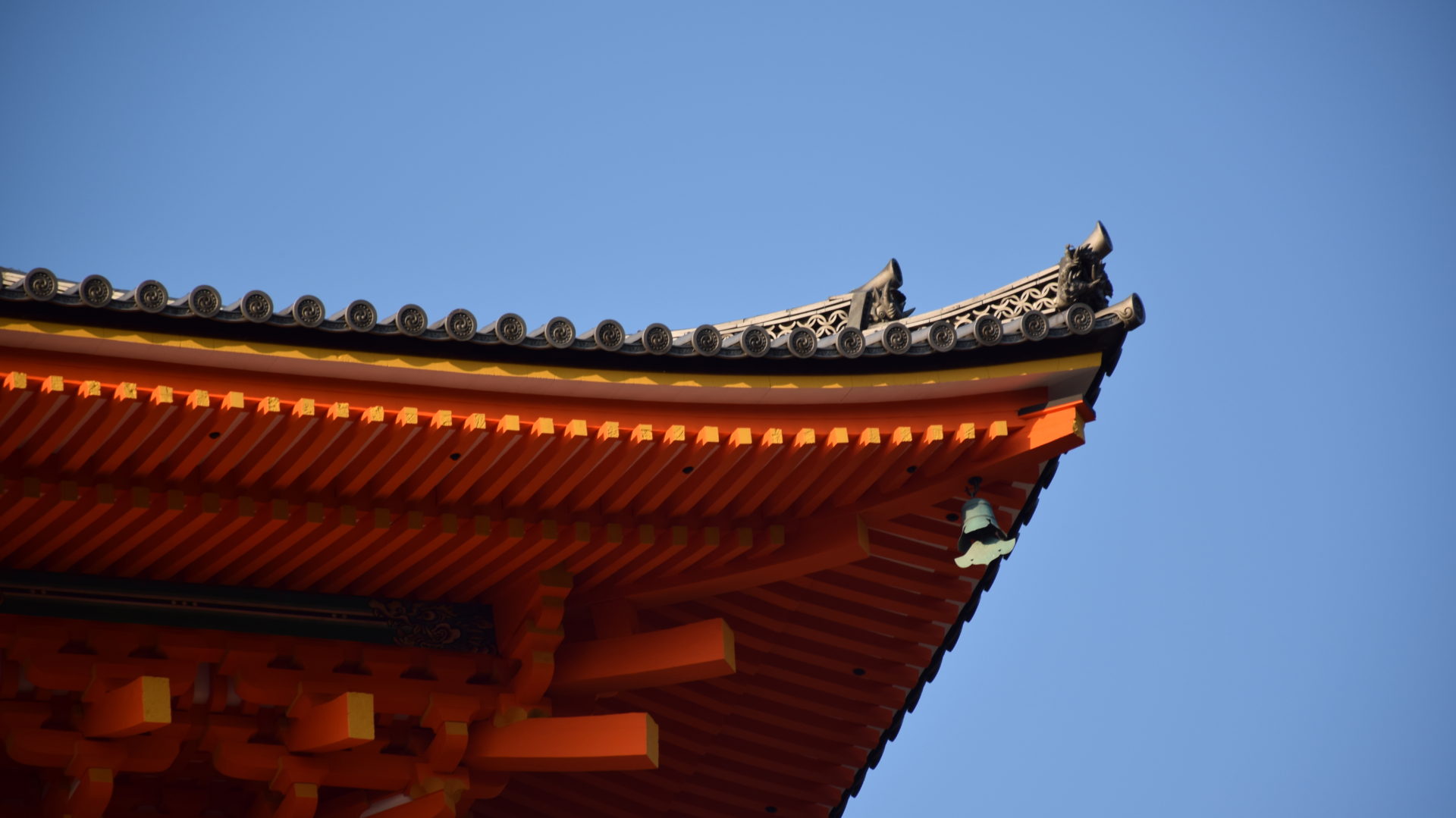Kaiseki is the traditional Japanese course consisting of a seasonal ingredients prepared in a variety of different cooking methods. The emphasis is on fresh ingredients and the cooking methods only highlight the natural flavors. Originating and still popular in Kyoto, now kaiseki can be eaten all over Japan, typically in ryokan or at banquets.


For years I had talked with my friend about going to her parents’ kaiseki restaurant in Koriyama, Fukushima. Fukushima was the only prefecture I had left to visit in the Tohoku region, and how fitting, I thought, it would be to visit a very local restaurant serving some very local ingredients. But for whatever reason, our schedules wouldn’t align quite right, until this past Golden Week. It was almost spur of the moment, deciding only a mere three days before, but we finally figured out a good Sunday. So I packed my camera and headed up to my friend’s place for a special kaiseki lunch.
The name of the restaurant is Ichiyoshi. During lunch they typically serve teishoku of sukiyaki nabe or yakiniku. During the dinner hours they serve kaiseki courses. I arrived mid-morning and was greeted at the station by friend, Satomi and her mother. They drove me to the restaurant and we took a break with a cup of coffee. The restaurant has only a few tables and a very at home feel with photos of famous spots in Fukushima taken by restaurant patrons line the walls. The restaurant is reservation only and run just by my friend’s mother running the front of the house and her father doing the cooking. They set me up with a room all to myself and the glorious course began.


A typically kaiseki will start with otoshi and a zensai, or appetizer. An otoshi is typically a small dish that acts like a seat-charge at most izakaiya in Japan, however at the start of a course like this it is more equivalent of an amuse-bouche in a French cuisine, hinting at what’s to come. This otoshi consisted of hotaru-ika, baby squid, topped with a vinegar miso sauce.
The zensai was a plate that consisted of a trio of items including a cooked turban-shell, a small glass of yuba and a fiddle-head topped with miso. Yuba, is fresh tofu skins, typically skimmed off of the top of a batch of tofu. Silky and smooth, this one was topped with a dab of wasabi.


Still in the first course was a nigiri of lightly seared Sendai-gyu. Sendai (Miyagi Prefecture) is famous for gyutan or beef tongue, but I always wondered how a place becomes famous for just the tongue of an animal. What happens to the rest of the meat? Well, now I know. It goes one prefecture over where the delicately marbled meat is placed on top of rice for a particularly luxurious sushi.
The clear soup in the red bowl was, maybe, my favorite part of the whole course. It was stock made from a whitefish, called kochi. Though clear it had a beautifully rich and deep flavor. I think of anything, this simple o-wan, or bowled dish, showed just how skilled my friend’s father was as a cook.




From the raw preparations we move into the cooked main course, the first is the grilled preparation of two different types of fish. The fish on the left was a piece of cured kinki, a type of rockfish that had a rich, buttery taste. The other was a piece of madsuna-katsuo, cooked in the saikyo-yaki style. Saikyo-yaki is the fish being coated in a sweet miso from Kyoto before being grilled.
And the main was a small sukiyaki nabe with Sendai-gyu cooked right at the table. Sukiyaki is a special sweet soy-based nabe that consists of vegetables, tofu and meat. What makes this nabe unique is that the cooked items are dipped in raw beaten egg before eaten. This is a mind over matter thing again, and one that may take some getting used to, but once you do it is a delicious combination. The sauce from the nabe with the egg creates a savory mixture that can be poured on rice to soak up the flavor and be eaten as TKG.


After the grilled and main dishes there was tempura of tara-no-me, a type of tree bud which was a lot like aspargus, but with more texture, and ebi. And then the final course was dessert which consisted of fresh fruits, ice cream and chiffon cake, that Satomi’s mother proudly claimed as something she baked. It was light and spongy as any chiffon cake should be.
All-in-all it was quite a lovely, and incredibly delicious meal. They spoiled me. So I hope that in return I can share Ichiyoshi here through pictures. And if you do find yourself in the Koriyama area, be sure to look them up.
Thank you, Satomi.



One thought on “Kaiseki in Koriyama, Fukushima”
What beautifully presented food.
Comments are closed.